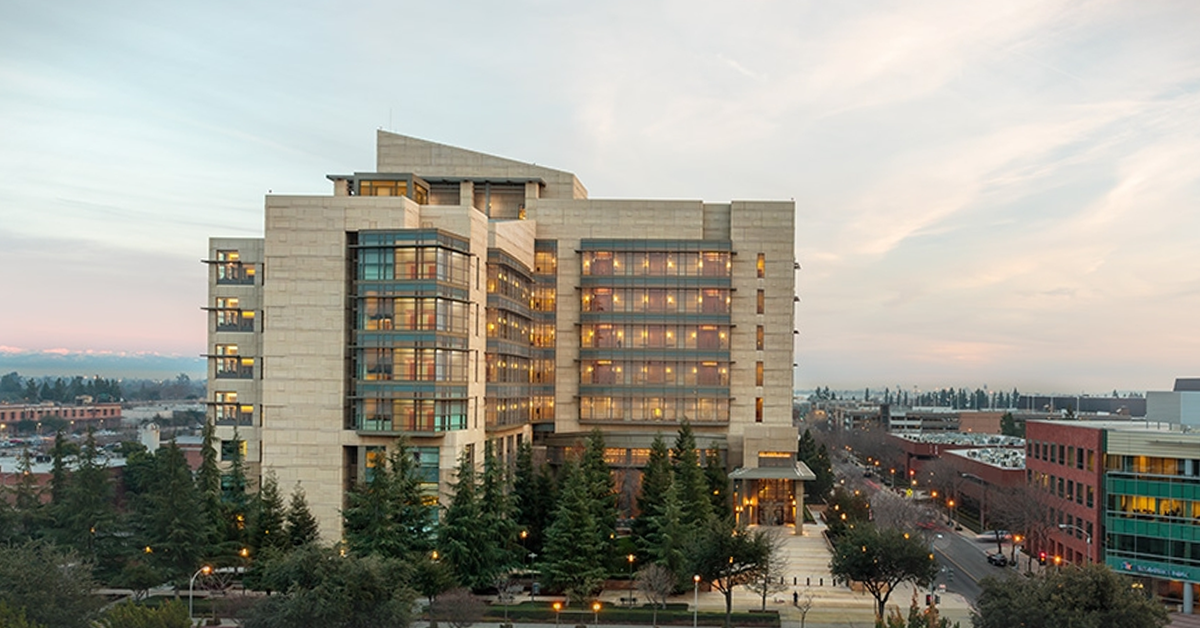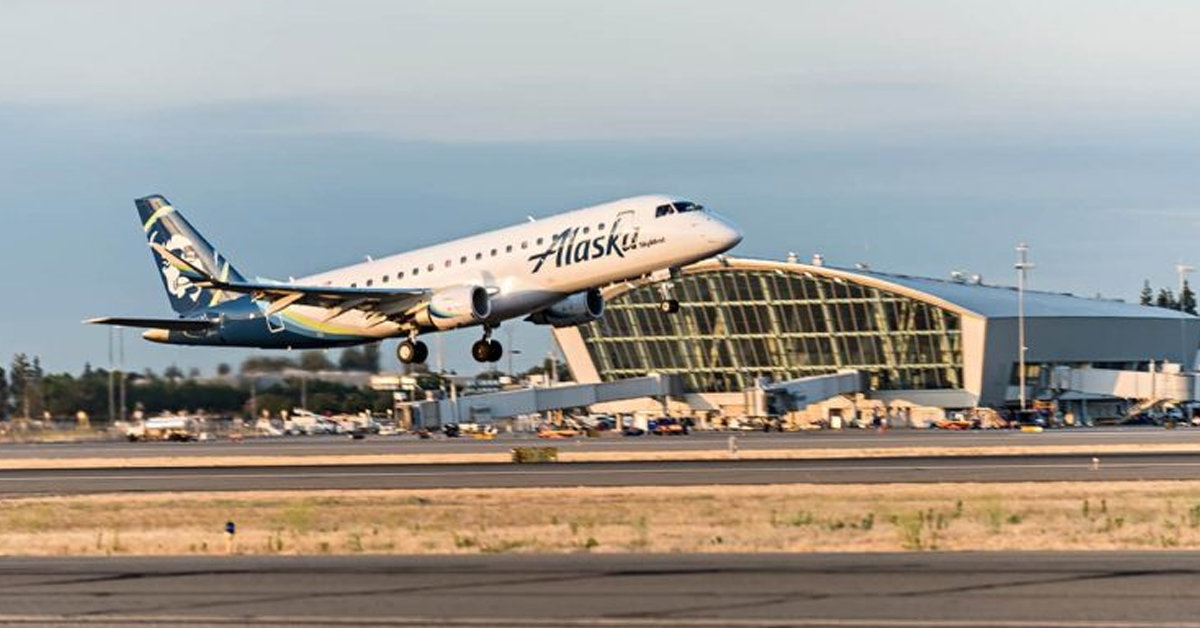With California’s universal indoor mask mandate receding on Tuesday, Gov. Gavin Newsom and California lawmakers find themselves at different places in how to shift into a new phase of coronavirus response.
In the face of declining hospitalizations and case rates and soaring disapproval ratings, blue state governors have quickly unwound many of the restrictive policies enacted at the tail end of 2021.
For Newsom, the moves haven’t come without some political pain, primarily in the form of public shaming from mask-less attendance of NFL games. But moving to what he describes as the “endemic” phase of coronavirus response has its own growing pains.
The starting point? Removing mask mandates for California’s public schoolchildren.
Per Politico, “Gov. Gavin Newsom seems ready to eliminate mask requirements in schools, as his counterparts in New Jersey, Oregon and Connecticut did this week. But Newsom cannot go where teachers unions aren’t ready, as was the case with school reopening a year ago.”
Last Wednesday, Newsom acknowledged the conflict of teachers unions with the need to move forward to removing restrictions on students
“They just asked for a little bit more time, and I think that’s responsible, and I respect that,” Newsom said of labor representatives. “But we are also in a date with destiny. We recognize that we want to turn the page on the status quo.”
A potential demand, tying the removal of masks-in-classrooms to higher student vaccination rates, could elongate that “date with destiny.”
Meanwhile, one of the Capitol’s top evangelists for vaccine mandates is preparing to recreate the now-blocked Federal vaccine mandate on private sector employees
Asm. Buffy Wicks (D–Oakland) rolled out Assembly Bill 1993, which would require new hires, including contractors, to companies of all sizes to have their first dose of vaccination by their start date and a second within 45 days of hiring.
Employers that fail to follow and enforce the mandate with workers and contractors would be subject to financial sanctions.
The bill exempts workers that have medical or religious reasons for not getting vaccinated.
The U.S. Supreme Court blocked an OSHA regulation that would have required employers of 100 employees or more to mandate vaccination, arguing that the workplace protection agency was exceeding its authority from protecting workers from workplace injuries to policing public health.
The Biden administration has since abandoned the regulation as litigation remains pending.
Wicks argued that the Supreme Court defeat opened the door for state-level action on vaccine mandates.










